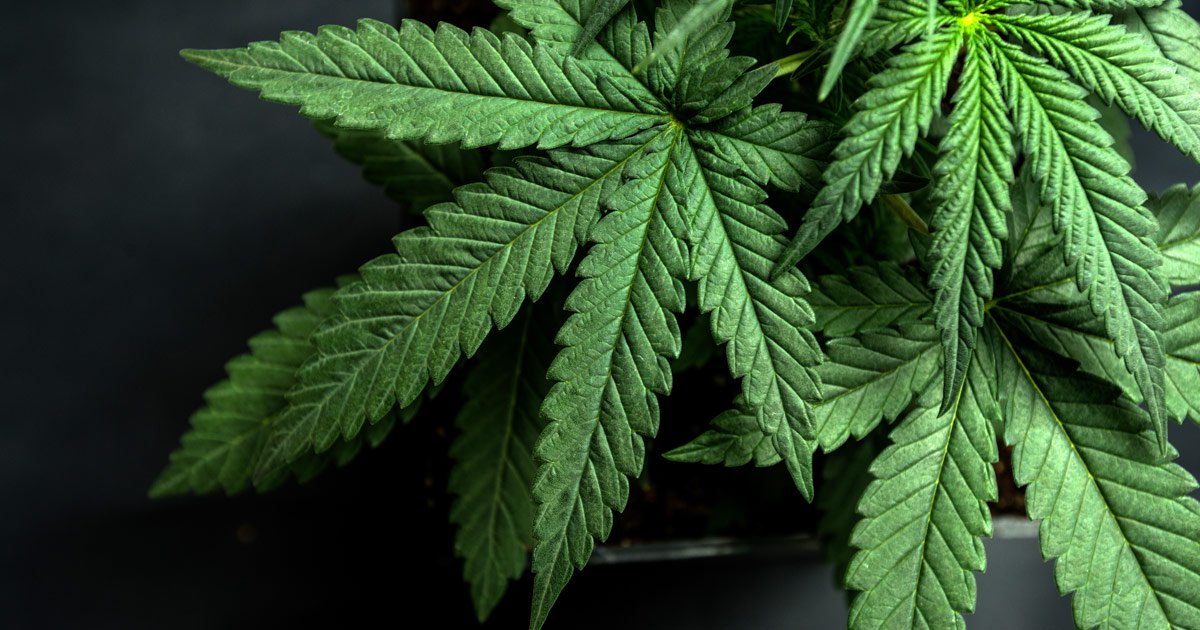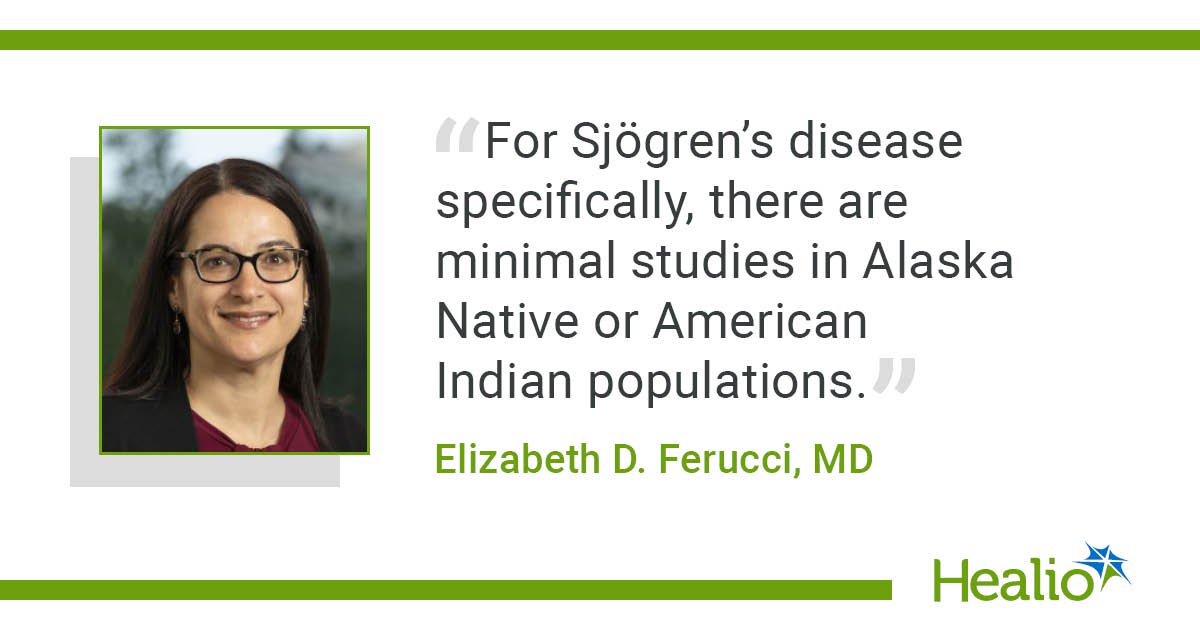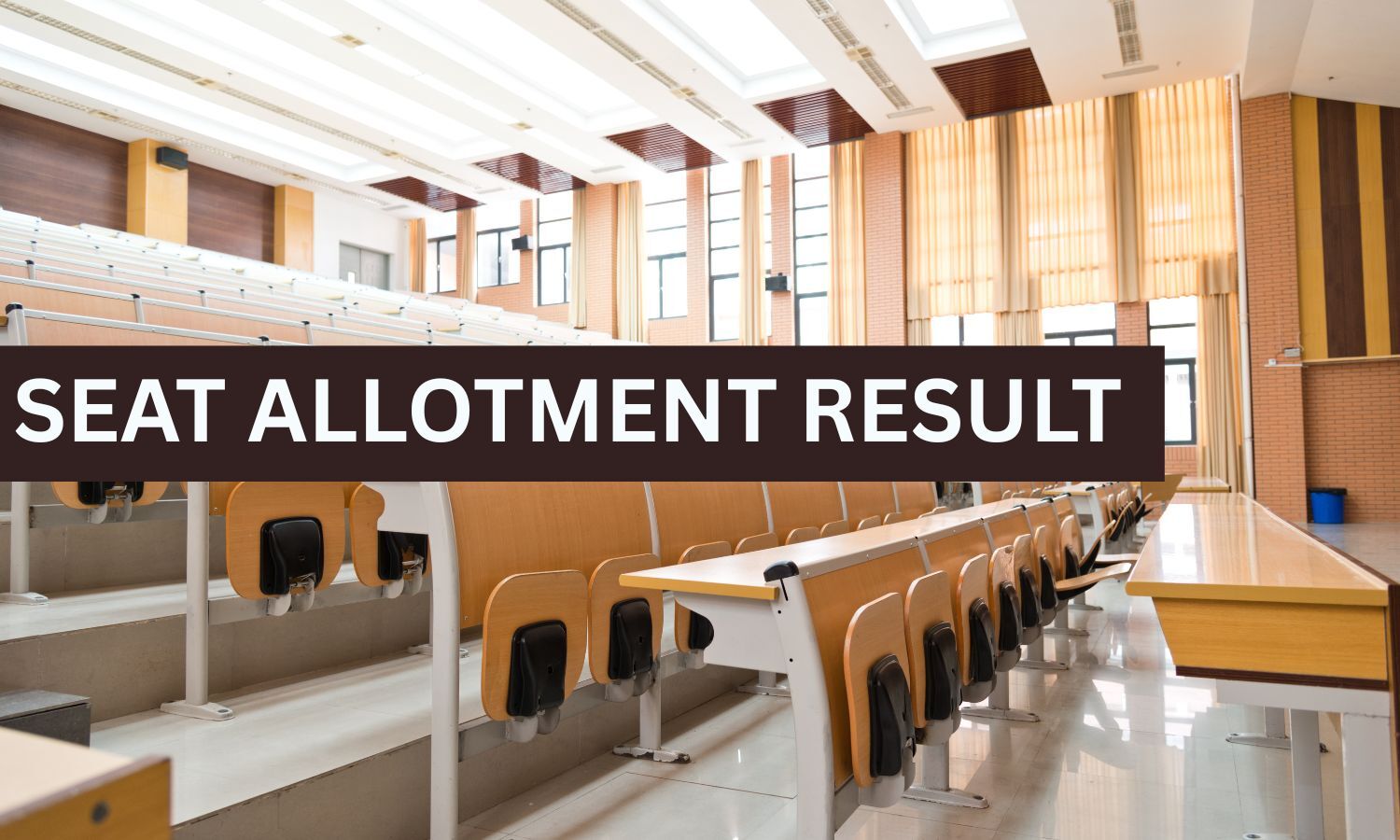September 30, 2025
8 min read
Key takeaways:
- 52% reported trauma, most often emotional and physical abuse.
- Mean scores for paranoia included 54.96 with trauma and 43.67 with no trauma.
- Physical and emotional abuse were the strongest predictors of paranoia.
Cannabis amplifies the effects of childhood trauma as a key driver of paranoia, indicating opportunities for trauma-informed clinical approaches and cannabis harm reduction strategies, according to data published in Psychological Medicine.
These dose-dependent effects also are linked to specific traumas, Giulia Trotta, PhD, research assistant at the Institute of Psychiatry, Psychology and Neuroscience at King’s College London, and colleagues wrote.

Childhood trauma drives paranoia, with amplified effects among people who use cannabis. Image: Adobe Stock
“Childhood trauma and cannabis use are two of the most studied risk factors for psychosis. But we know much less about how they relate to paranoia — when people have suspicious thoughts that don’t necessarily reach the level of a clinical diagnosis,” Trotta told Healio.
“We wanted to see if cannabis might strengthen the link between trauma and paranoia, or partly explain it,” she said.
The cross-sectional Canabis&Me study comprised 4,736 adults (average age, 31.78 years; 55.6% men; 61% white or white other), including 1,347 (28.4%) who had never used cannabis, 2,573 current users (54.3%), and 816 past users (17.2%), based on results from a modified and updated version of the Cannabis Experiences Questionnaire.
“A novel part of our study was the use of a standardized measure of cannabis consumption, the THC unit, which is the cannabis equivalent of alcohol unit,” Trotta said.
Across all users, weekly THC unit consumption included a mean of 206 and a median of 112. These figures included a mean of 82.5 and a median of 30 for past users and a mean of 224 and a median of 132 for current users.
The cohort included 2,482 individuals (52%) who reported some form of trauma, including abuse (24.6%), neglect (19.1%), household discord (30.3%) and bullying (20.6%), based on a modified version of the Childhood Trauma Screen questionnaire adapted for this study.
Results from the Green Paranoid Thoughts Scale yielded mean scores of 54.96 for those exposed to trauma and 43.67 for those with no exposure (P < .001).
Trauma, cannabis, paranoia
“We found that both childhood trauma and cannabis use predicted higher levels of paranoia,” Trotta said. “What’s striking is that cannabis seemed to both amplify and partly explain the trauma-paranoia link.”
The researchers called the associations between heightened paranoia symptoms and physical (beta = 16.4) and emotional abuse (beta = 16.1) strong, adding that physical and emotional abuse were the strongest predictors of paranoia.
Significant associations with paranoia included bullying (beta = 13.02) and sexual abuse (beta = 12.99), with household discord (beta = 8.51) also contributing to trauma significantly.
Further, neglect had a significant relationship with paranoia, the researchers added, including betas of 9.34 for emotional neglect and 7.13 for physical neglect, which also predicted increases in symptoms of paranoia.
Noting that childhood trauma was a significant predictor of standard THC unit weekly exposure, the researcher said participants exposed to sexual abuse had the highest weekly standard THC unit consumption (beta = 29.93).
Positive associations between weekly standard THC unit exposure also included emotional (beta = 16.5) and physical (beta = 17.5) abuse, the researchers said, adding that household discord significantly predicted weekly standard THC unit consumption as well (beta = 9.97).
Betas also included 7.44 for bullying, which the researchers said represented a relatively weaker effect on standard THC unit consumption, as well as –6.25 for emotional neglect and 10.24 for physical effect, which did not reach thresholds for strong significance.
Additionally, Trotta and colleagues said there were significant interactions between emotional abuse (beta = 0.011) and household discord (beta = 0.0086) and weekly standard THC units, indicating amplified symptoms of paranoia.
However, with outcomes in paranoia, there were no significant interaction effects with weekly standard THC units and bullying, physical or sexual abuse, or physical or emotional neglect, the researchers said.
The trauma construct that emerged from the structural equation model was loaded significantly with all seven indicators: emotional and physical neglect; emotional, physical and sexual abuse; household discord; and bullying.
The strongest association between trauma exposure, weekly THC unit consumption and paranoia in the latent construct came with emotional abuse at 0.9, and the weakest relationship came with physical neglect at 0.41.
Also, the researchers said, the positive association between the latest trauma measure and weekly standard THC unit consumption (beta = 0.12; P < .001) indicated a link between higher trauma exposure and increased cannabis use.
The association between standard THC unit consumption and paranoia was small but significant (beta = 0.03; P = .016), the researchers said. Also, the effect of trauma on paranoia was strong and direct (beta = .038; P < .001).
The observed indirect (mediating) effect of trauma on paranoia through weekly standard THC unit consumption was significant as well (beta = .004; P = .017), the researchers continued.
Combining the direct and indirect pathways, they concluded, the beta value of 0.388 and P value of less than .001 of trauma’s total effect on paranoia confirm that most of this effect is direct, not mediated through cannabis use.
Next steps
Overall, Trotta and colleagues concluded, cannabis use exacerbates the already strong association between childhood trauma and paranoia, with dose-dependent and trauma-specific effects.
“Trauma and cannabis don’t just act separately,” Trotta said. “People with both risk factors are particularly vulnerable.”
When assessing risks for paranoia, they added, clinicians should consider early-life trauma and substance use behaviors, which may guide more effective and personalized interventions to improve outcomes and reduce paranoia burden.
“Even though this study was in the general population, it points to a high-risk group: people with a history of trauma who also use cannabis,” Trotta said. “Both risk factors are treatable. Clinicians can screen for them, offer trauma-focused support, and work with patients to reduce harmful cannabis use.”
The researchers recommended cannabis harm reduction strategies such as psychoeducation about how heavy cannabis use can impact risks for paranoia among individuals exposed to trauma.
Weekly THC unit thresholds also could be introduced to guide safer use of cannabis, the researchers further said, in addition to managing stress and anxiety via alternative coping strategies.
“The THC unit is important at a public health level because it can help create clear guidelines around cannabis use, just like we have with alcohol,” Trotta said.
Cognitive behavioral therapy, eye movement desensitization and reprocessing, and other interventions may benefit individuals with trauma-related distress as well as heavy cannabis use that may be a maladaptive coping strategy.
Future research should identify harmful use based on weekly standard THC unit thresholds via longitudinal designs that establish causality as well as the biological and psychological mechanisms behind these associations.
Trotta and colleagues encouraged support for educational campaigns and public health policies focused on the risks of cannabis consumption, particularly among individuals who have been exposed to trauma.
“We want to combine psychological data with biological markers and genetic liability,” Trotta said. “That will help us predict who is most at risk of developing not just paranoia, but also full psychosis, and design targeted prevention and treatment strategies.”
For more information:
Giulia Trotta, PhD, can be reached at psychiatry@healio.com.











